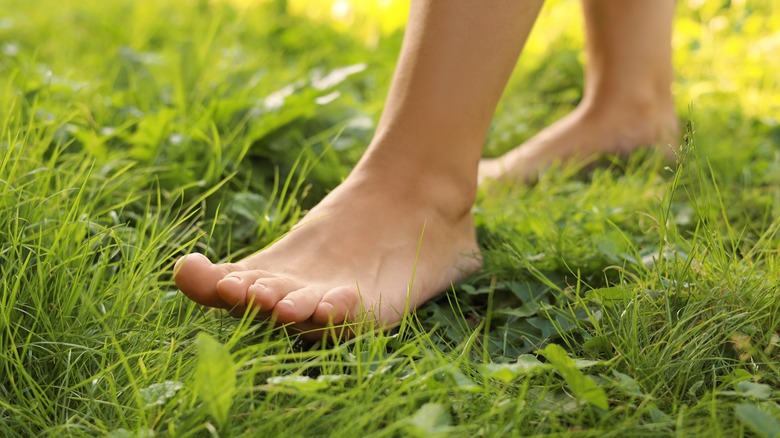Hiking
Jenna Busch
Hiking can be a glorious activity. You’re in the great outdoors, getting in touch with nature, pushing your body to greater heights, and seeing beautiful scenery. That said, there are things to keep in mind when you’re planning the best hike in the world. Whether you’re meandering through a park for a short walk or heading out for weeks on a trail, you need to do some preparation. Hiking in similar conditions, practicing with your gear, packing the right equipment, and staying fueled and hydrated is probably at the top of your mind as you prepare for your outing. One thing you might be missing, however, is some prep for your toenails.
Before you laugh, remember that your feet take the brunt of the damage when hiking (and maybe your knees, too). Like any other feet-centric activity, like running or climbing, you have to keep your feet in good shape. There is one big toenail mistake that many hikers make, and it can ruin your sojourn in the wild. Let’s talk about toenails, how to keep them healthy, what can go wrong, and what to do if it does.
Do this before you hike — your toes will thank you

New Africa/Shutterstock
The number one thing you must do for foot health before your hike is trim your toenails. Trim them close, but don’t go past the white part, which can cause irritation. Keep them reasonably short, and do this right before you leave. If you’re going on a longer trip, don’t forget to pack a toenail clipper.
Cutting your toenails helps prevent “hiker’s toenail,” which can be a bruise that turns your toenail black (a “sublingual hematoma”) or even make the toenail fall off completely. According to The Healthy Hiker, this happens because of “an acute episode of trauma or the effect of cumulative stress on the area.” When you hike, the tip of your toenail presses against the front of your shoe or boot, which lifts the bottom of the nail from the nail bed. The bleeding that happens under the nail causes bruising and may lift the nail from its bed even more. Cuts around the nail give bacteria an opportunity to enter, causing infection, particularly in a damp hiking boot. Long toenails can also cut into the toe next to them or cause ingrown toenails.
If this does happen, treat the affected area with rest as well as antibiotic cream or ointment — and keep the area covered. If your nail falls off, resist the urge to pull anything remaining, and keep it covered in this instance as well.
What else you can do to keep your toes healthy

Todor Tsvetkov/Getty Images
In addition to cutting your toenails before your big hike, it’s important to make sure you have perfect-fitting hiking boots with enough room for your toes to move. Your toe box should be wide enough for your toes to move around, but not so wide that they slip. The insole of your shoe needs to be about 1 cm longer than your longest toe.
Make sure your shoelaces aren’t too tight, but firm enough to keep your foot back toward the heel of the shoe. Good socks are also important, with Merino wool socks as the top pick from Hiker’s Daily. (They’re more expensive, but you’re taking care of your feet here. It’s worth it.) You should ensure your socks are not too thick or bunching in your shoe. Another tip to prevent your toes from sliding forward and pressing too hard on the front of your shoes is to use hiking poles on downhill stretches.
If you do end up with hiker’s toe, a podiatrist can help by drilling a hole in the nail plate, which is called trephination. It sounds icky, but it can help. If you do lose the nail, it can take a while to get it back, but in the meantime, keep it protected if you head out to hike again.

